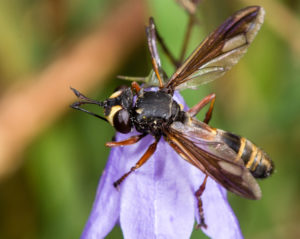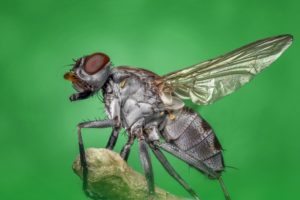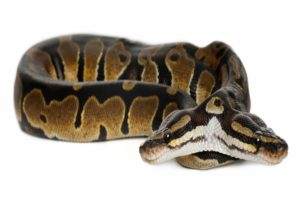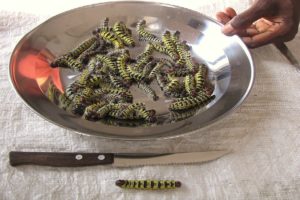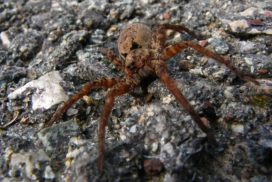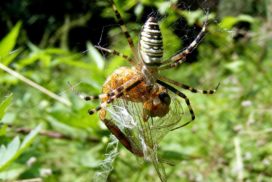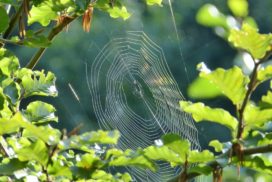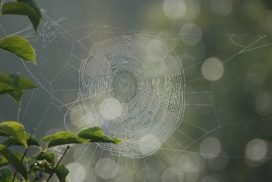HOW TOUGH IS SPIDER SILK?
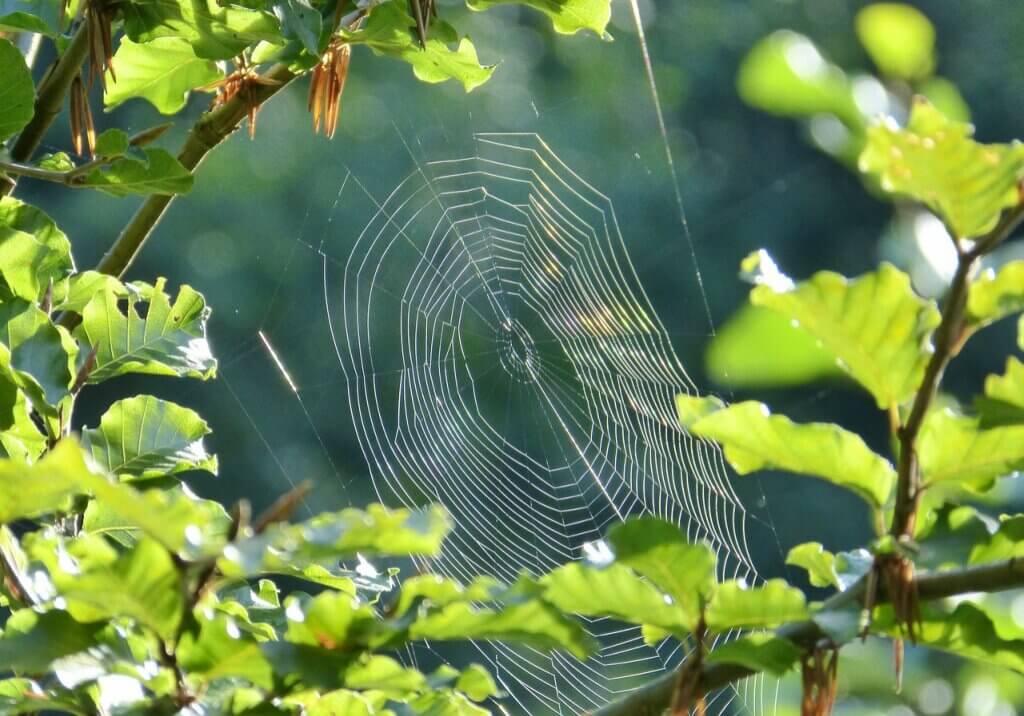

Spider silk is solid. An example is spider silk produced by the orb web spider. It is 4/1000th of a millimeter in diameter—3% the diameter of the thickest human hair—but with tensile strength equivalent to top quality steel.
It can stretch 30% before breaking because of the arrangement of its molecules. According to an article posted on Greene's Tutorial College Blog, a spider silk rope the size of a pencil can stop a Boeing 747 in flight.
In her book Stronger than Steel, Bridget Heos discusses how materials based on spider silk may someday be used to improve body armor, repair or replace human ligaments and bones, strengthen parachute rope, and even tether an airplane to an aircraft carrier!
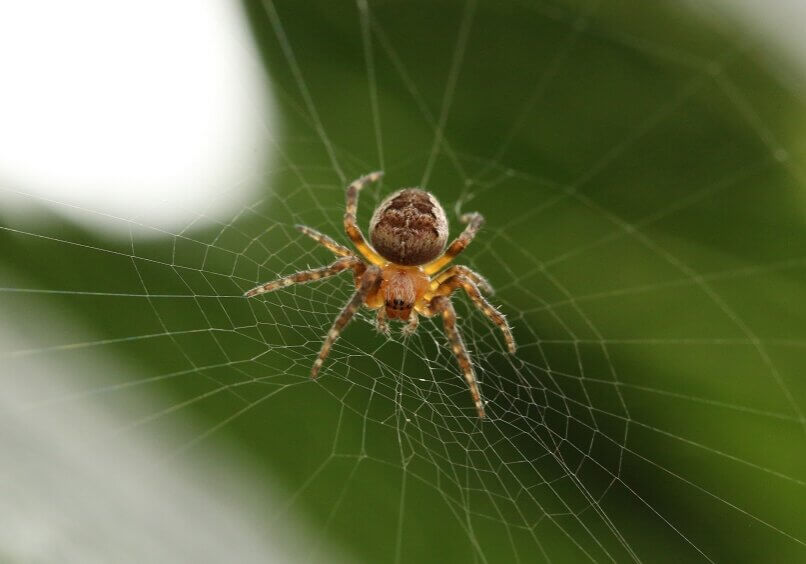
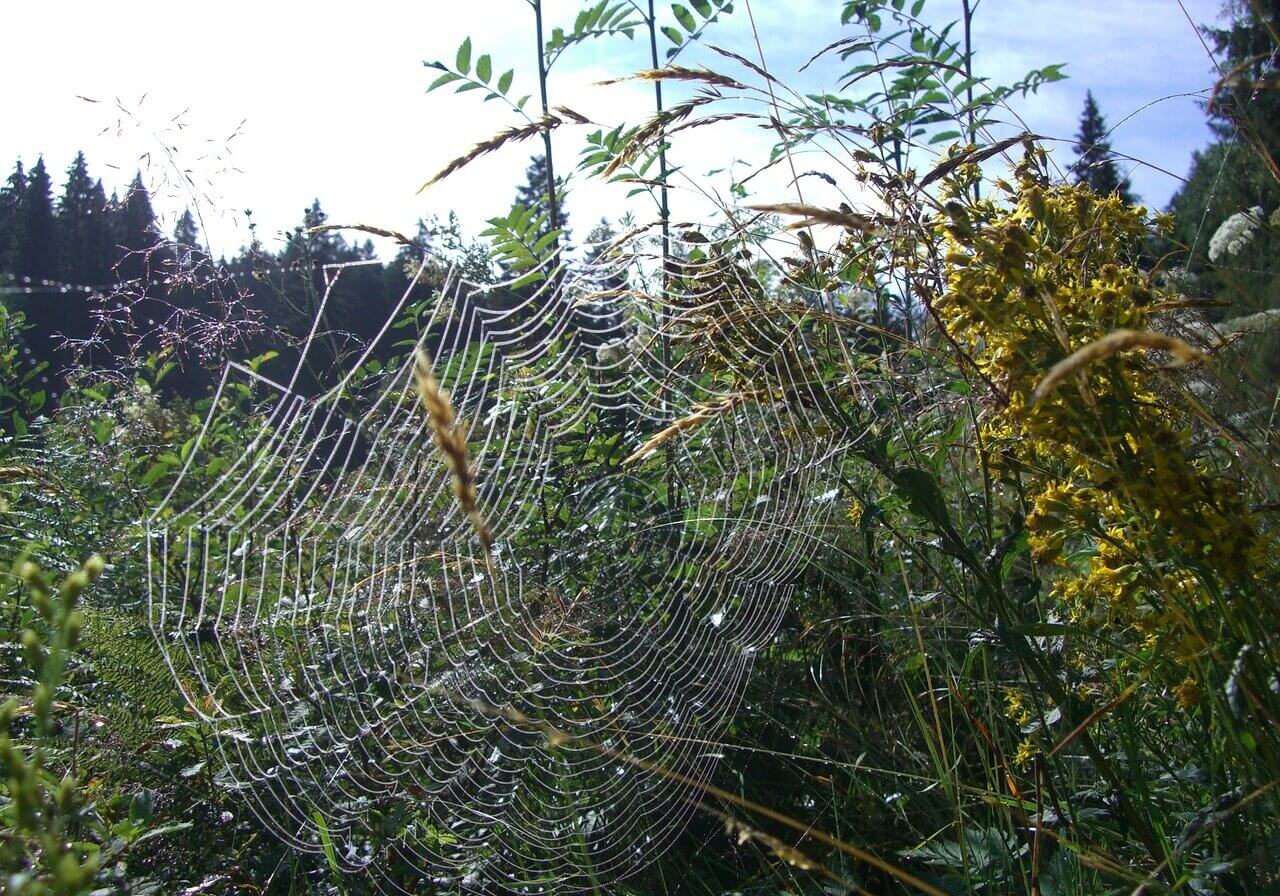
Recent Air force research in August 2018 revealed that spider silk could regulate temperature through passive radiative cooling.
A material has passive radiative cooling properties if it absorbs less heat than it radiates. Spider silk can drop 10-15 degrees Fahrenheit, which means that clothes made out spider silk can be more comfortable than usual.
Combined with its strength, it can make lighter and stronger uniforms, tents and body armor for soldiers than Kevlar and nylon, which are the current materials of choice.
The only obstacle is that spider silk is hard to obtain and artificial silk twice as expensive.


According to a report published in early November 2018 by Hannes Schniepp of the Department of Applied Science at William & Mary, spider silk is not a single mass. It is made up of nano strands or nanofibril, similar to a cable.
Each nano strand is less than one-millionth of an inch in diameter. A single strand of recluse spider silk comprises 2,500 nano strands.
By developing a detailed structural model, Hannes Schniepp found that spider silk is not flat as previously thought and that the nono strands are parallel, not twisted. The silk section is 1/10,000th of human air.
The report concluded that the nanofibril is the secret behind the toughness and incredible strength of spider silk. The nano strands are loosely held together and can be separated easily.
The discoveries will throw more light on how to make materials which mimic the strength of spider silk.
Updated November 8, 2018.
Recent posts
Join us on social media or subscribe!
Sign up to receive our articles in your inbox!
Enter your name and email address below to subscribe.
